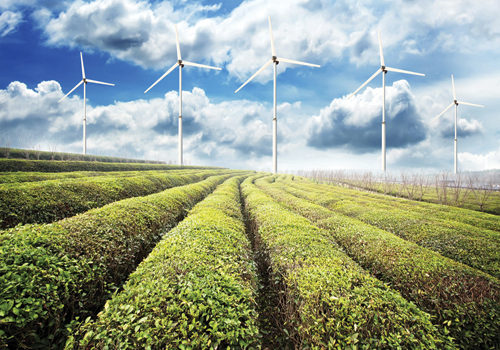Norway—Low-carbon energy technologies, like wind and solar power, produce a net environmental benefit when compared with fossil fuels, according to a new study.
Researchers at the Norwegian University of Science and Technology, along with help from other scientists worldwide, performed a “life-cycle assessment of electricity-supply scenarios.” The technologies studied included photovoltaic, solar thermal, wind and hydropower. By analyzing the tradeoff between the high initial emissions created by installing these technologies and the resulting reduced operational emissions, the researchers tracked their net carbon footprint. The specific types of emissions impacts that scientists tracked included particulate matter exposure, freshwater ecotoxicity, freshwater eutrophication and climate change.
The material requirements for installing low-carbon technologies can be higher than conventional fossil fuel production. Between 11 and 40 times more copper is needed for photovoltaic systems, and 6–14 times more iron is needed for wind power plants. But the researchers discovered that only two years’ worth of current global copper production and one year of iron production would be needed to build a low-carbon infrastructure that could supply the entire world’s electricity needs in the year 2050.
As for post-installation emissions, the study found that in a baseline scenario, where no changes to current global energy and climate change policy are assumed, emissions of air and water pollutants more than double by 2050. In the climate-change mitigation model (the BLUE Map scenario put forth by the International Energy Agency), where alternative technologies are implemented, a doubling of electricity supply is projected along with stabilized or even reduced pollution levels.
So, while critics have claimed that so-called “eco-friendly” technologies may not be so eco-friendly in practice, this study reveals the truth of the matter.
Published in WholeFoods Magazine, December 2014










